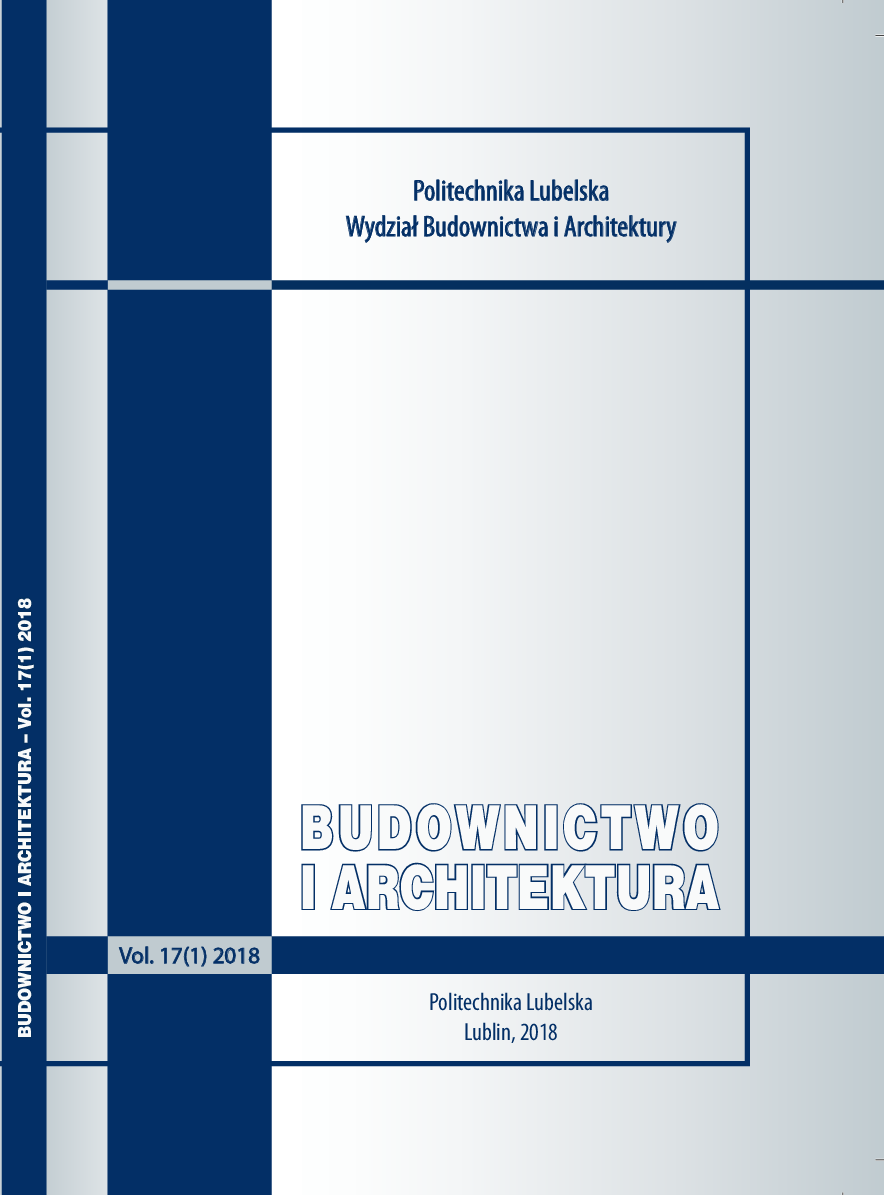Visual symbols of new identity
in cities of modern Ukraine during the interwar period
Visual symbols of new identity
in cities of modern Ukraine during the interwar period
Author(s): Svitlana LindaSubject(s): Architecture, Geography, Regional studies
Published by: Biblioteka Politechniki Lubelskiej
Keywords: architecture; identity; Second Polish Republic; Soviet Ukraine; Lviv; Kyiv; Kharkiv; interwar period
Summary/Abstract: In the interwar period western and eastern parts of the modern-day Ukraine were included into two countries – the Second Polish Republic and the Soviet Union. The development of cities of modern-day Ukraine during 1920-30th took place according to various ideological and cultural models. Changes in “cultural models” and ideological guidelines, as well as the departure from forms of traditional society during that period can be viewed as associated but semantically inconsistent targets; those carried out in each region in different sociopolitical conditions and with different directions of socio-cultural transformations; those that can be seen most clearly in the spatial planning of the cities. Approaches to the planning of Western Ukrainian cities, based on the synthesis of historically formed traditional environment, identified urban environment as European integral element of globalization process and were interpreted as an idea, alternative to socialistic internationalism that was consistently implemented in the Soviet Ukraine at that time. The process of formation of national and collective identity was visualized by “blending” and modernization of architectural environment layers, entry or expulsion of architectural sites of different ages, which symbolized the socio-cultural changes, both were part of the interaction of social and cultural systems.
Journal: Budownictwo i Architektura
- Issue Year: 16/2017
- Issue No: 3
- Page Range: 65-76
- Page Count: 12
- Language: English

